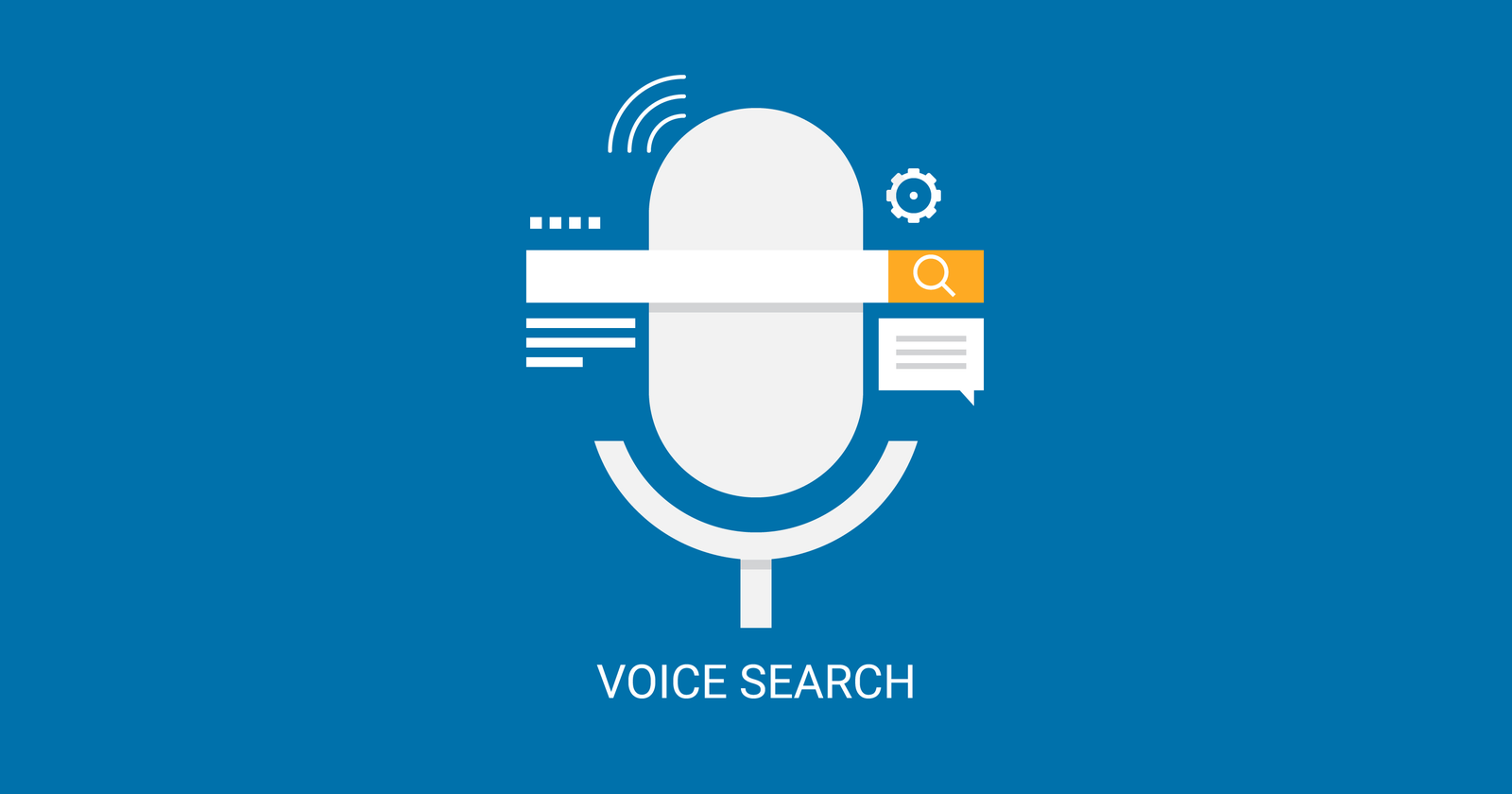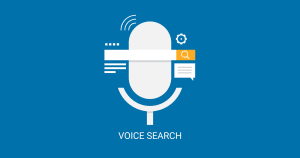Has anyone invited you to go on a trip to an unknown destination?
The prospect of going to an unknown destination sounds absurd, right? After all, you cannot just pack your bags and leave and then pray that you have everything you’ll need. Well, the same thing is true with PPC.
You see, the ultimate goal of PPC is to convert internet users into customers.
While the usual PPC campaign is quite easy to implement, getting a real ROI can be challenging, especially to those who aren’t educated enough when it comes to PPC advertising.
The results are often disappointing, and you’d risk losing out huge sums of money if you’re not too careful.
Table of Contents
ToggleWhat is PPC?
Also known as Pay-per-Click, PPC is an online advertising model in which advertisers have to pay for a fee every time someone clicks their ad.
As a marketer, you’d usually come up with ads then bid on particular search phrases on an auction online. Whenever visitors click on an ad, they’ll be redirected to a landing page or a website. Then, a small fee is charged.
According to Mind Mingles, a PPC Management Agency – PPC is a targeted form of website buying visits, which will hopefully end up in conversions like a sale or an email sign up.
There are various types of PPC ads, which include search ads, text ads, display ads, social ads, and shopping ads.

Display Ads: This ad type is usually shown anywhere io Google, such as Gmail, YouTube, and other domains that are part of the Google Display Network.
Search Ads: An ad type that you’d commonly associate with PPC. Search ads are the ads you see on search engine results depending on a search query. Once clicked, these ads will redirect a user to a relevant landing page.
Social Ads: Known to be one of the most popular ads in paid advertising. These ads usually show up on social media feeds, usually to generate leads and connect with users.
Google Shopping Ads: A type of paid advertising that you can use for prospective leads to find your products. These ads show up in a carousel format on top of the main search results on Google. It allows users to see the products and their prices before someone clicks through your website.
Now, we’ll look at the seven strategies that will help you maximize your PPC Ads strategy for better conversions:
1. Decide on which platform to run your campaign
Before running a new PPC campaign, decide first on what particular platform do you want to run it. Google Ads are popular with today’s marketers, but do you know that you can also run PPC ads on Facebook and Twitter?
Facebook Ads
Lets you place Sponsored posts on your target audience’s newsfeed. These audiences are usually identified by a specific characteristic that’s set by you, the advertiser. This is where knowing Facebook Audience Insights relevant to your business could come in handy.
Here, you can also pick the objective of your ad campaign, whether to drive store visits, website traffic, boost brand awareness, and so on. The platform will then place your ads to the newsfeeds of people that match your choices and will then charge you every time an ad is clicked.
Twitter Ads
Twitter Ads are quite similar to Facebook Ads. Through its PPC ad platform, you can pick your advertising objectives, as well as choose your target audience.
It will then promote your post to the Twitter feed of people that matches your choices, and will then charge you each time an ad is clicked. Nonetheless, there are many ways on how you can make the most out of Twitter when advertising.
Google Ads
Google Ads is where you can pay for a spot on search results.
It lets you set your ad budget, customize your audience, and bid for search terms that are relevant for your business and your target audience. Google will then charge you every time the ad is clicked.
2. Consider employing retargeting
Most people that come in contact with your brand don’t immediately make a purchase. First-time visitors will need more exposure from you before they feel comfortable enough to hand you their money.
Retargeting is a type of advertising that lets brands retarget site visitors. A retargeting cookie is usually placed on the user’s browser. Thus, allowing brands to detect whether these are people who visited your website. And then, the retargeting pixels allow you to run relevant ads to these users long after they leave the website.
It’s one of the most effective marketing tools, with approximately 24% visitor return rate and up to 1046% increase in branded search.
3. Optimize your landing pages
Another thing that you have to do to maximize the efficiency of your PPC campaigns is the overall user experience and the relevancy of your landing page content. Keep in mind that both your PPC ads and landing page play a role in whether your leads would convert.
Having an irrelevant or poorly designed landing page will make your conversions suffer. When you’re optimizing your landing page’s content, follow the similar on-page SEO practices that you’d do with any other web page.
Ensure that you utilize keywords in the meta description. Then, use keywords in your main content ‒ especially in your headings and subheadings.
You should also take the time to make sure that you have a well-designed landing page. We’re not just talking about aesthetics here. It is also important to take loading speed, information architecture, and usability into consideration. Incorporating these elements can play a crucial role in the overall success of your campaign.
The last thing that you want to do is to spend all your time in designing PPC ads only to find out that your leads are bouncing as soon as they land on your unappealing or boring landing page. Even worse, they’ll leave even before your page even gets a chance to load.
You can always choose to hire a professional who can provide such PPC management services
4. Choose the right keyword match type
When picking keywords for your PPC ads, know what’s the intent behind each one. For instance, you’re in the shopping retail industry. Technically, you want your site to rank for keywords that are shopping related.
Choosing the right keywords is valuable in your overall strategy. It will help you generate brand awareness and attract the right website traffic.
Match types consist of the following:
Broad Match: The default match type for your keywords in case you didn’t specify a match type. Your ads are typically displayed on searches that are quite similar to your keyword, the synonym of the keyword, possible misspellings, searches that are related, and so on.
Modified Broad Match: Ads are shown on searches that have the keyword or a close variation of it. It gives you greater control over your ad impressions and avoiding generic users.
Phrase Match: Ads are shown on searches that have precisely the same phrase as the keyword, or a close variation of the phrase.
Exact Match: Ads that are only displayed to searchers if it precisely matches the keywords.
5. Include the negative keywords
When setting up a PPC campaign, you’d see the option wherein you can select negative keywords.
In a nutshell, negative keywords are words that aren’t relevant to your offer, or the products that you’re selling.
Let’s say, you’re an online retailer for clothing but you don’t sell baby clothes. You can utilize negative keywords to be able to filter out any search words that have “baby” or “toddler” in it. That way, when people are searching for baby clothes, your ad won’t show up on their feed.
Negative keywords can play a key role in the overall success of your PPC campaign. Not only that it helps cut costs on ad spend, but it also prevents you from attracting unqualified traffic. This boosts your Click Through Rate (CTR) and decreases your Cost per Acquisition (CPA).
6. Create a captivating call-to-action
Your CTA or call-to-action is the most crucial part of your ad. Your ad copy is what draws the user in, but it’s your CTA that convinces them to click.
Usually, the CTA will let the user know what the next step will be the moment they click on an ad.
CTAs like “Book Now,” “Get a Quote,” “Sign-Up,” or “Buy” will make the user more aware of what action they’ll have to take next. Just don’t make your CTA too generic, as it will not prompt the user to take any action.
7. Elements of personalization in ads
People are no longer surprised by personalization that’s integrated into various aspects of advertising. In fact, they’re expecting it.
Are you likely going to read an email that says “Dear Customer”? Of course not.
Generic copies aren’t relevant anymore. Users won’t read or open an email if it isn’t tailored specifically to them. The same thing goes with PPC advertising.
People will always go to ask what’s in it for them. So, craft your ads to the second person. Make your customers feel that they’re important, not just your company.
Over to You
PPC is one of the best and reliable channels out there. However, there’s not much room for error. To get the best ROI, you need to maximize your campaigns, and that can be done through constant testing and optimization.






